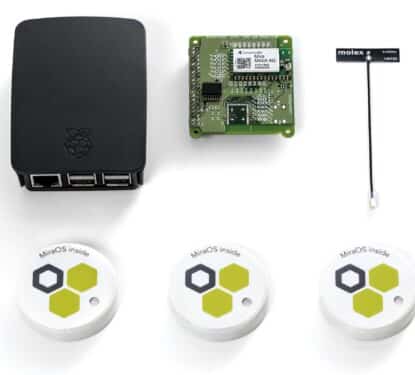Projections suggest that microgrids are set for exceptional growth in the coming years, alerting the related energy storage and renewable energy industries. However, questions still hang over microgrids potential to out value conventional grids in major markets.
Renewable energy and energy storage technologies are becoming essential components of microgrids. Traditionally when the grid goes down, renewables such as PV are taken offline so they don’t back feed the grid and cause safety issues for line workers.
With a microgrid and the right controllers in place, that’s no longer necessary. Microgrids also need some form of energy storage mechanism, for self-maintenance or time-shifting.
These were 2 of the many points discussed during last month’s Renewable Energy World Conference, North America session titled Microgrids: Opportunities, Challenges, and Innovative Solutions. The event also recognized and projected the significant growth in the microgrid sector.

John M. Carroll of IPERC (Intelligent Power & Energy Research Corporation) spoke to delegates about the current case for microgrids in the US. He said that power outages are on the rise and expected to increase over the years and there are customers “up and down the US east coast” who simply can’t afford to lose electricity. These include customers such as biotechnology research centers that must maintain refrigeration or freezers; fire and emergency service centres serving critical roles; and military bases that due to security implications cannot be without power.
Previously, these organisations wanted backup power but weren’t prepared to pay for it, but Carroll said that because of the way that renewable energy has increased the use of power purchase agreements, there are now new ways to view who owns microgrids and how to pay for them. This has expanded the market for military, biotech and other campus based microgrids, but has also opened up new markets in the commercial, industrial and residential sectors.
Slowly but surely, the microgrid market is progressing from the demonstration to the deployment phase, at least in public institutions. The recent 50% reduction in peak load consumption achieved by the Illinois Institute of Technology microgrid project is a great example.
In addition to the 25 military microgrid installations across the U.S., and the Food and Drug Administration’s cogeneration-based microgrid in Maryland being able to maintain power thoughout Hurricane Sandy. Civilian applications are also underway, such as the microgrid currently being developed for New Jersey’s Northeast corridor transit system.
From a vendor’s perspective, microgrids hold the most obvious promise for energy storage companies. The term “microgrid” is not always linked with intermittent energy sources; in fact, many projects in operation use combined heat and power. However, they do almost always need some form of storage mechanism for self-maintenance or time-shifting. The use of Primus’ flow batteries at the Marine Corps Air Station in Miramar, California is one recent example of the storage market potential of microgrids.
However, venture capitalists have not yet embraced the microgrid fully, most likely because it remains uncertain whether the technology will ever evolve from niche applications and public institutions to the larger market of apartment blocks, hospitals, homes or data centers. Similarly, utilities have shown concern over microgrid development, perhaps simply because of market encroachment.
That is not to say that Microgrids are not on the radar for the investment community. Two recent global reports reveal more than 400 individual projects are currently in operation or under development worldwide, and forecast the global market will pass $40 billion in annual revenue by 2020. This is great news for the pioneers of the mircogrid industry and their friends in renewable energy and energy storage.
You can read more on our Smart Grid Research here – http://memoori.com/portfolio/the-smart-grid-business-2012-to-2017/ and also our research on analysis the future potential for Connecting Smart Grid with Building Energy Management Software - http://memoori.com/portfolio/connecting-smart-grid-with-bems/
Furthermore, there is a possibility that bulk power grid modernization efforts will make islanding capabilities appear unnecessarily expensive. The answer will likely be decided in a race between macro and micro grid intelligence. If more investments are made in grid hardening and cheaper distributed energy systems, a microgrid might not be economical other than for critical loads.



